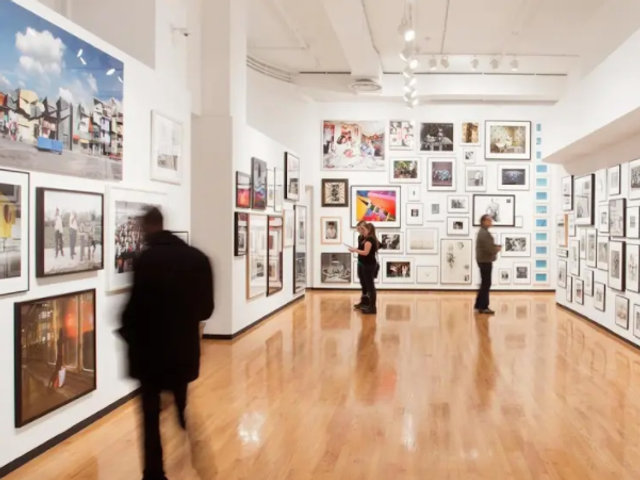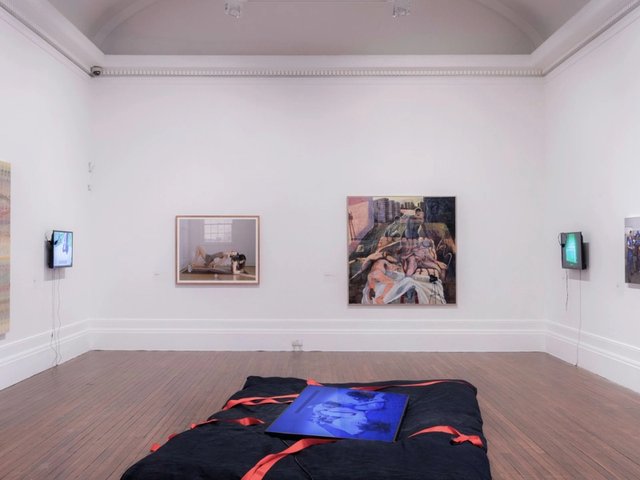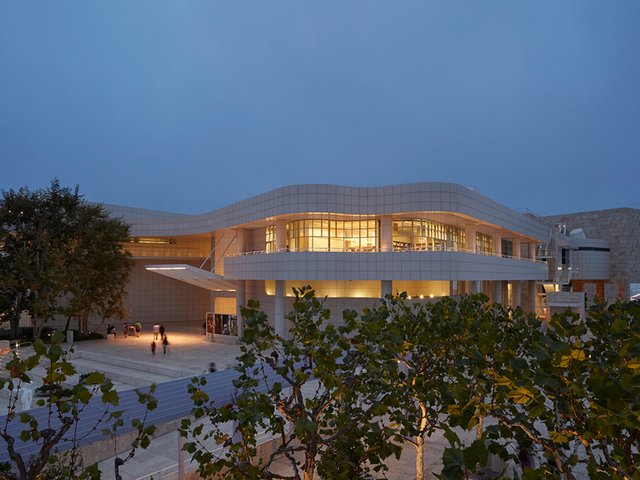One of the best and worst things about being an Angeleno is the investment of time and effort needed to be “in the know”, which eventually pays dividends. Several new projects are on a mission to accelerate that process, including ArtWrld, a new mobile app designed to be “the AllTrails for art”, says founder Josh Goldblum, referring to the popular hiking and exercise app.
Goldblum is the chief executive of the creative agency Bluecadet, which has produced immersive museum experiences for the Metropolitan Museum of Art, the National Gallery of Art in Washington, DC, and other institutions. “Trying to make art and culture interesting and accessible has been my white whale forever,” he says. “I was doing it at all these different institutions, but what was really missing was the things that connect [them].”
Goldblum adds that while there are discovery tools out there, particularly for art-centric neighbourhoods like Chelsea in New York, “you have to usually be deep, deep in the art world to know how to find really good stuff”. His aim for Artwrld is to help make great shows more accessible and provide “a little bit of context so that when you get there, you don’t feel like an idiot”.
ArtWrld launched in July with up-to-date listings of gallery shows, museum exhibitions, talks and events in Los Angeles and New York, with plans to expand to “smaller markets with diverse geographical density” like San Francisco soon, Goldblum says. On the app, users can choose their city, search by date, check out editors’ picks, save shows they want to see and view them on Google Maps. Goldblum says the response so far has been positive, with over 500 art lovers signing up in the first week after launch.
Artwrld is not the only entry into the Los Angeles art discovery space. Shana Nys Dambrot, the former LA Weekly arts editor, has been running her art newsletter “13 Things LA” with her frequent collaborator and arts promoter Heidi Johnson for the past year. As media organisations in Southern California and beyond have cut back on arts coverage (or folded entirely), Dambrot sees a big hole to fill. “I don’t have 13 outlets to do short reviews, 13 short reviews or thoughtful previews for a week [anymore],” she says. “There’s no more places physically left for me to place that stuff. It doesn’t exist. And I was like, ‘LA needs this. If I weren’t doing it, I would need this.’”
On the other end of the local art coverage spectrum is Diva Corp USA, the anonymous Instagram account and artist-on-artist criticism entity. Diva Corp raises provocative questions through its physical magazine and social media accounts, often highlighting shows at smaller Los Angeles galleries. Diva Corp’s anonymous organisers say via email that while they have no problem finding art in the city, they feel that traditional art criticism is not serving anyone. “Arts coverage became so unengaging, so irrelevant to everyone except adjunct professors and their acolytes, that no one wanted to pay attention anymore,” they write.
These projects’ creators see opportunities to overcome barriers to access and critical dialogue. Like Goldblum’s app, Dambrot’s newsletter, which she hosts on Substack, seems to be finding its audience organically. “People have responded to it,” she says. “The Substack model allows you to be quite free and break some of the rules of journalism that need to exist in the objective journalism space. That kind of freedom didn’t exist in the legacy media sphere and I get why.”
Dambrot finds things to cover in a variety of places, from the much-loved and underused Department of Cultural Affairs calendar, to recommendations from friends and her own adventures in the city. “Indie artist-run [spots], scrappy, can-do places, they can’t afford a seat at the table,” she says. “It gives them a chance at eyeballs and it is actually something that I almost feel is a moral aspect of what I’m doing there.”
Diva Corp concurred, framing the Los Angeles art scene’s relative independence from art market forces as a strength. “We don’t have, you know, more tepid oil paintings than New York does, or more drypoint etchings… and we definitely don’t have [a lot] of bankers to sell to, but that’s OK,” they write. “That’s a narrative [we] can live with.”







